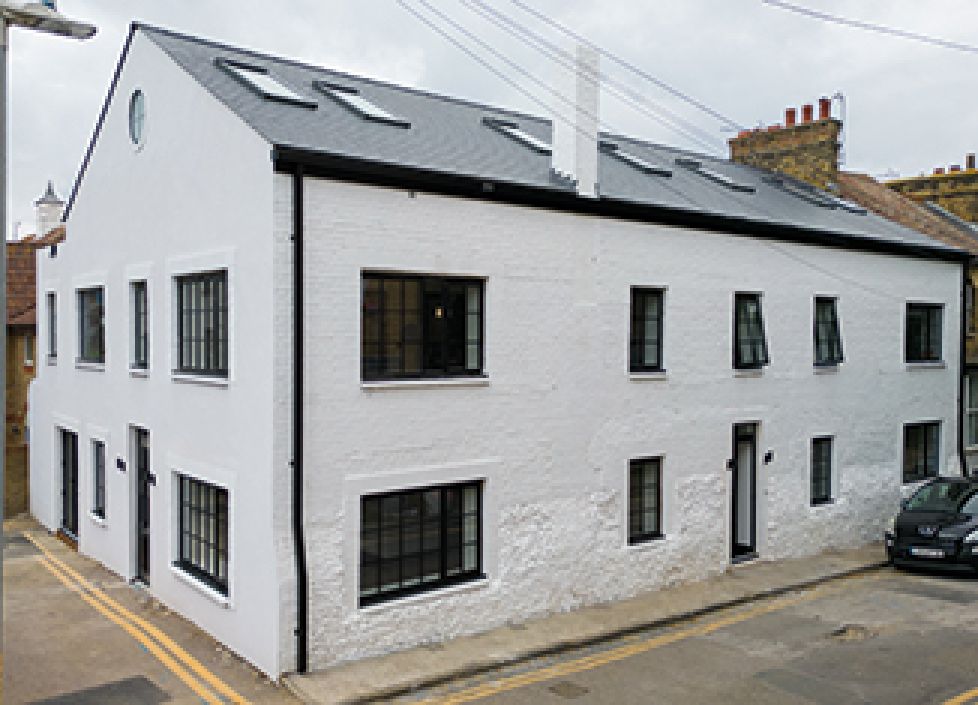The October 2017 RICS UK Residential Market Survey showed that both demand and sales continue to soften at the national level, with most regions displaying a flat to negative trend.
Meanwhile, forward looking indicators are suggesting that momentum is likely to remain subdued, at least in the near term. The national price net balance eased to +1% in October, following a reading of +6% in both the previous two months.
This measure is now consistent with a flat price trend on a UK-wide basis, although there remains significant variation across regions. Indeed, respondents in London continue to report downward pressure on prices, with the net balance coming in at -63% (the poorest reading since 2009).
Similarly, the price gauge remains negative in the South East (albeit to a significantly lesser extent than in the capital), while East Anglia and the North East also returned readings below zero. By way of contrast, the price balances elsewhere remain generally firm, with the North West of England, Wales, Scotland and Northern Ireland all returning numbers consistent with further house price gains.
Alongside this, the headline near term price expectations series slipped to -11%, from -8% in September, and has now been negative in each of the last three reports. Again, the most cautious sentiment continues to be returned by contributors in London, although expectations are now also slightly negative in five other regions within England.
The twelve month view is stronger in most parts however, with 10 of the 12 regions/countries covered in the report expected to see higher prices in a year’s time. The two exceptions are London and the South East, where prices are anticipated to decline and remain flat, respectively.
When contributors were asked to compare sales prices with asking prices over the past two months, it predictably revealed greater discrepancies for more expensive homes. Nationally, for properties marketed at more than £1m, 71% of respondents reported sales prices coming in below asking prices (compared with 67% the last time the question was asked in July). Within this, 26% responded in the ‘up to 5% below’ category, and 35% answered ‘between 5 and 10% below’.
For homes listed at between £0.5m and £1m, a combined 62% of contributors noted sales prices were coming in lower than asking prices (compared to 57% in July). The most favoured answer was ‘up to 5% below’ with 38% submitting this response.
Finally, in terms of homes marketed at less than £0.5m, the largest share of respondents (42%) noted asking and sales prices were at roughly the same level, although a still significant 32% stated sales prices were up to 5% under.
In terms of activity, the New Buyer Enquiries series continued to signal a softening in demand, with the national net balance coming in at -20% (unchanged from September). Likewise, agreed sales were also reported to have fallen, as 20% more respondents noted a decline in transactions (as opposed to a rise) over the month. What’s more, Wales, Scotland and the North East were the only areas to have seen any pick-up during October, while sales trends were either flat or negative across the rest of the UK.
Going forward, national sales expectations remain flat over the coming three months, while the twelve month view has turned marginally negative. When broken down, expectations are still reasonably positive in Scotland and Northern Ireland for the year ahead.
Following a couple of months in which new instructions had held broadly stable, the latest results point to a renewed deterioration in the flow of fresh listings coming to market (net balance -14%). Even so, given the drop in average sales per estate agent branch, stock levels have now risen slightly from the record low seen in June earlier this year.
The Rics chief economist, Simon Rubinsohn, said: “The combination of the increased cost of moving, a lack of fresh stock coming to the market, uncertainty over the political climate and now an interest rate hike appears to be taking its toll on activity in the housing market.”
He added: “A stagnant secondhand market is bad news for the wider economy, not just in terms of spending but also because it restricts mobility.”
In the lettings market, tenant demand was little changed during the three months to October (on a seasonally adjusted basis), while new landlord instructions remained in decline. Rental growth projections are modestly positive for the three months ahead (net balance +11%).
Over the next five years, rents are anticipated to rise by an average of around 3.5% per annum, nationally. This compares with price growth projections of just above 1% over the same timeframe. Meanwhile, London remains the only area in which twelve month rental growth projections are negative, with tenant demand still lacking momentum in the capital.



















